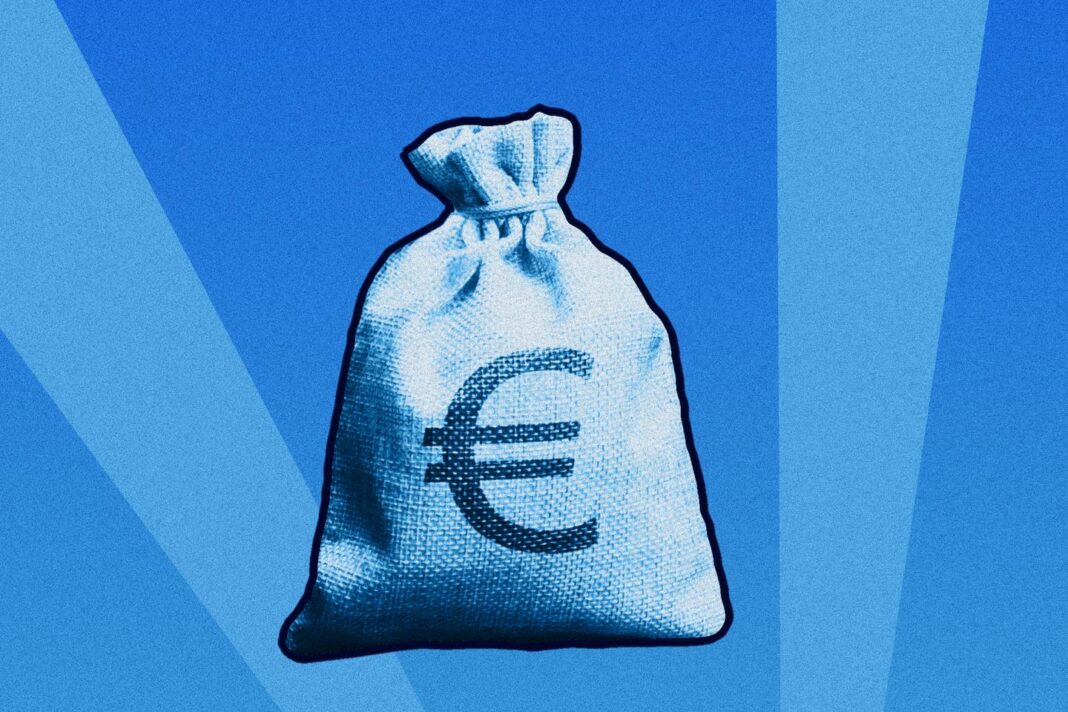Over a quarter-century ago, Europeans achieved their greatest leap in sovereignty, including politically, with the record support of 83% of the European Union’s (EU) inhabitants. However, our monetary sovereignty now faces three major disruptions: technological, economic, and political.
The technological disruption is linked to the development of tokenization, i.e., the ability to exchange financial assets, information, or legal contracts via distributed ledgers such as blockchain. This innovation was initially linked to cryptocurrencies. Today, the promise of stablecoins is to maintain parity with an official currency by being backed by liquid assets in the reference currency. To date, 99% of stablecoins are denominated in U.S. dollars and issued by non-European entities.
The economic, or ideological, disruption lies in the possible privatization of money. The largest stablecoin issuers – Circle and Tether – are non-bank private entities that escape traditional regulatory mechanisms. This model challenges the two-tier monetary system – central bank and commercial banks – which currently ensures the unity, stability, and, ultimately, trust in the currency.
An Opportunity for Europe
Finally, the political disruption stems from the strategy of the Trump administration, embodied in one of its first executive orders: halting work on developing a central bank digital currency, promoting dollar-denominated stablecoins, and the stated ambition to make the United States the world leader in tokenized finance. The declared goal is to strengthen the dollar’s international dominance and, indirectly, to facilitate the financing of the U.S. budget deficit. The risk is that of a “digital dollarization” which would marginalize the euro in international use.
